Over the course of the last few months, we’ve had many conversations with leading retail supply chain executives focused on how global supply chains have reacted to the pandemic, and what capabilities they need to build to be better prepared for the uncertain future that awaits them.
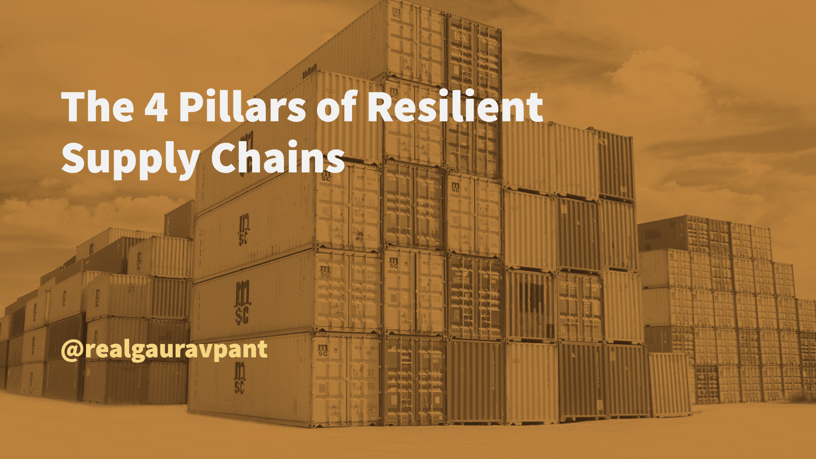
Why Resilience? Why now?
Limited product visibility, uncertain demand and lack of product availability have stress-tested the global supply chain and pushed it to its limit. Resilience was always an important supply chain characteristic but the pandemic has increased its importance significantly. This is largely because of three reasons:
Supply Chain is the new ‘customer experience’
Keeping the customer promise is the most critical factor facing retailers. Inventory availability and delivery predictability (Is it in stock? Can I buy it? Can I pick it up? When will it arrive? Is it on its way?..) are the moments of truth that a retailer needs to deliver 24x7x365.
Years have become weeks
The speed at which business models and their supporting supply chains need to adapt has shrunk from years to weeks. Retailers don’t have the luxury of large long transformation programs and committing to monolithic systems. The ability to add new features and partners quickly is the need of the hour.
This will happen again
All executives that we’ve spoken with believe that a second wave or a new outbreak are imminent, and this start-stop way of reopening the economy will be the norm for the foreseeable future. The unknown of how, where and what parts of the supply chain will be affected means that resilience becomes more important than ever before.
What is Resilience?
There is no dearth of definitions, we define Resilience as the ability of the supply chain to adapt quickly to unexpected. While a true AI-powered autonomous supply chain is some years off, these key pillars provide a framework for you to get started:
Supply chain resilience is the key to ensuring frictionless customer experiences in the current landscape of uncertainty.
The 4 Pillars to ensure resilience of the supply chain:
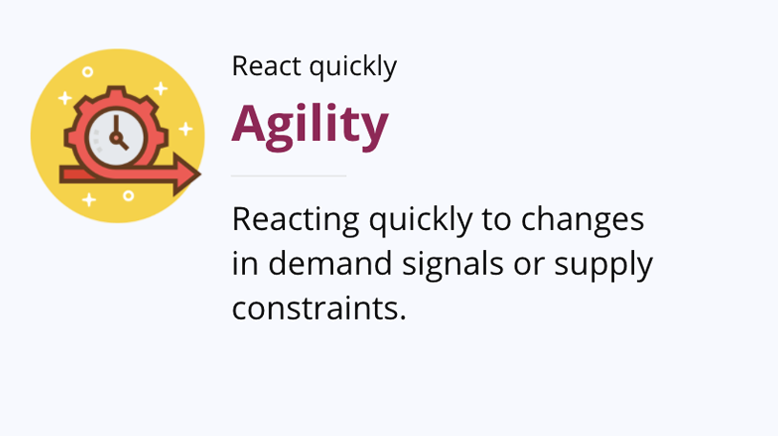
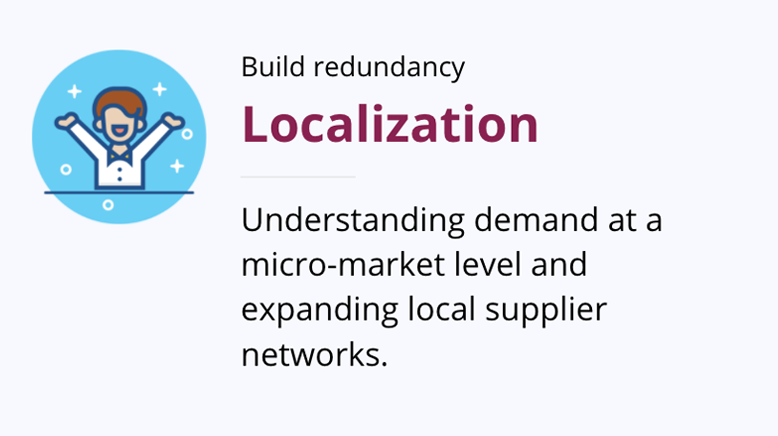
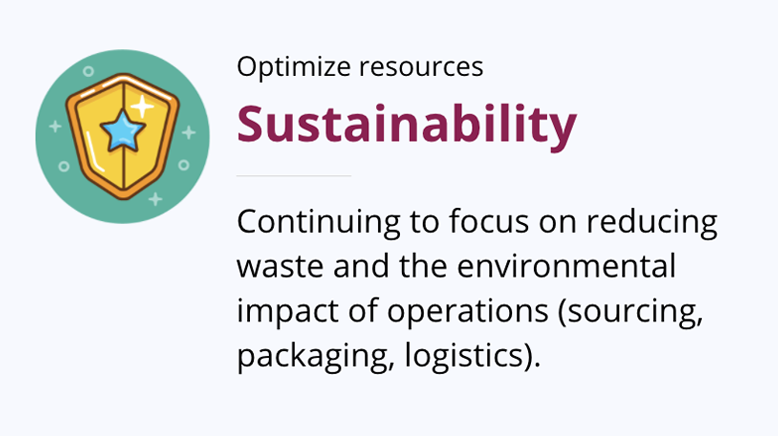
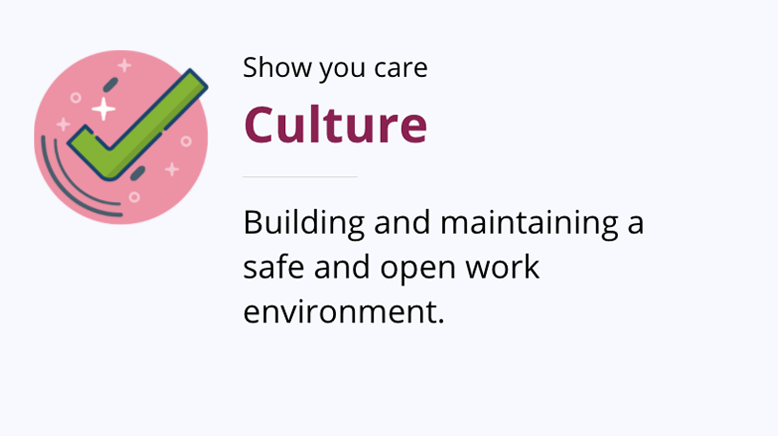
For more details about what each pillar means, and how to build resilience, you can read our eBook and watch a webinar we did on the topic.





